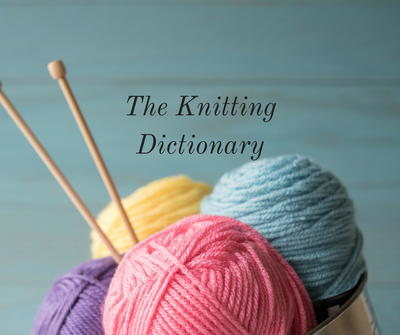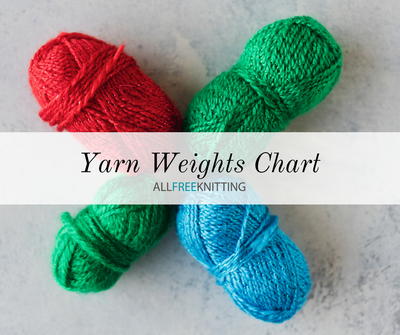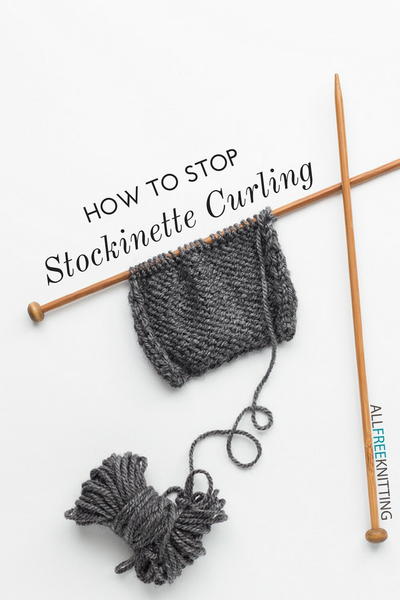Knitting Skill Levels Demystified
Is knitting hard? Well, it depends on the skill level of the pattern you want to try! Discover for what skill level you're suited.

It's easy to read the word "beginner" on any knitting pattern and trust that you'll probably be able to pull it off, but when that skill level starts to increase to "easy" or "intermediate," things get a little dicey. Not only do different pattern creators have different definitions of these levels, but they may have a different set of knitting skill levels entirely! While here at AllFreeKnitting we classify any given pattern as either beginner, easy, intermediate, or advanced, some designers will throw an "advanced beginner" or "easy intermediate" your way. It's enough to discourage some of the most practiced among us from even picking up the needles.
Before you go out and buy the yarn for your next project, it's worth identifying whether or not you can pull the pattern off in the first place. More experienced knitters will typically be able to read through a pattern and identify whether or not there are any points which may give them some trouble, but the yarnies who are nearer to the beginning of their knitting journey may struggle with this. Even long-time knitters still unexpectedly stumble upon hiccups in their knitting, so it's always helpful to be able to identify what the basic knitting skill levels imply. Note that none of these lists of techniques are exhaustive, but they'll serve as great signifiers to help you identify your own skill level.
Beginner
Let's start with something easy. When a pattern is labeled as "beginner," you'll typically only need to know a few things: how to cast on, how to knit, how to purl, and how to bind off. If you've truly just begun learning—meaning you picked up your first pair of knitting needles yesterday morning—that alone may seem intimidating. If you're not confident that you could follow along to a pattern just yet, keep practicing your swatches and check out this handy guide on how to read a knitting pattern. We recommend keeping this guide close until you've committed basic terms to memory.
Beginner patterns may rarely include items knit in the round, but typically everything from how to join in the round to keeping your stitches untwisted will be explained carefully. Some basic increases or decreases are also not unlikely, so if you haven't yet learned how to knit two together (k2tog) or knit into the front and back loop (kfb), it may be worth scanning the pattern and seeing if you find any of those abbreviations before tackling it. Some websites and pattern creators further classify beginner patterns as "advanced beginner," in which case, you'll be more likely to be expected to know these more involved techniques.
Beginner Knitting Techniques:

Easy
The jump from beginner to easy knitting patterns may feel like the widest leap. While the list of knitting techniques you should know before tackling an easy pattern may seem long and intimidating, each individual skill is both easy to learn and easy to master. In fact, you could probably learn half of these techniques as you go along, and the other half within a single day of learning. The world of knitting starts to unfold before you as you find you're no longer relegated to simple dishcloths and scarves. Your knitting is suddenly starting to look so impressive!
There's a reason easy patterns are a little more visually appealing than beginner patterns, and that's because they're more likely to be three-dimensional (which implies that you'll need to know both how to knit in the round and how to seam flat pieces together). It's also fully possible that you'll need to understand stranded knitting to follow basic charts, but typically, those sorts of patterns are considered to be "intermediate." If you're following a pattern by a designer who utilizes more difficulty ratings, something that includes fair isle knitting is likely to be considered "advanced easy" or "easy intermediate." If you're thinking, "Well that just seems confusing," it's because it is.
Easy Knitting Techniques:
- Increases
- Decreases
- Knitting in the Round
- Seaming
- Casting on using various methods
- Binding off using various methods
- Making Bobbles
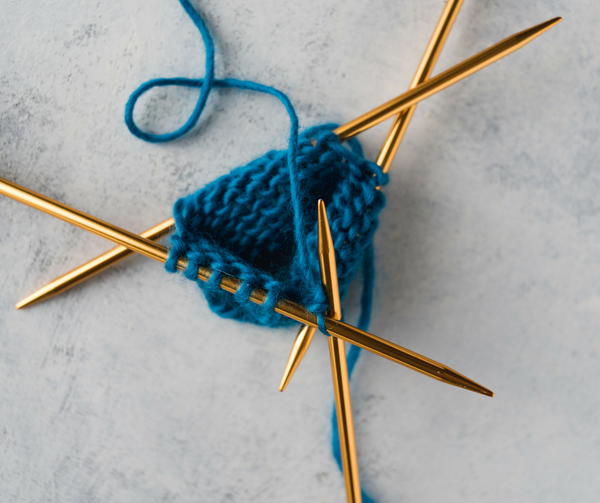
Intermediate
If you've only just begun knitting, completing intermediate patterns may seem like a distant dream, but you'd be surprised how quickly you'll make it to this level. Did you know that, when surveyed, 44.9% of readers considered themselves "very likely" to knit an intermediate pattern? 22.9% considered themselves "extremely likely;" that means that over half of our readers consider themselves skilled enough to complete an intermediate pattern. While some people may reach for the stars when it comes to their knitting, this should serve as encouragement. If they can do it, you can, too!
Intermediate patterns often have an intricacy to them that easier patterns simply lack, so people usually learn these more difficult techniques of their own volition, rather than out of necessity. Ask any experienced knitter, and he or she will tell you that "cables look a lot harder than they actually are;" the same can be said for just about any technique on this list. Maybe you love the look of fair isle, or you're itching to try knitting your first sock and need to tackle short rows. Take it slow by learning one new technique at a time and you'll be an intermediate knitter in no time.
Intermediate Knitting Techniques:
- Cabling
- Two-Stitch Cabling
- Mosaic Colorwork
- Intarsia Colorwork
- Fair Isle Knitting
- Duplicate Stitch Knitting
- Modular Knitting
- Reading a Knitting Chart
- Knitting Short Rows
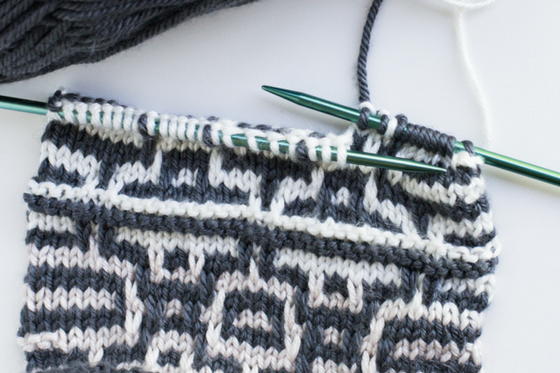
Advanced
Knitters are a lot more hesitant to call themselves "advanced" than they are to call themselves "intermediate," and that isn't surprising. Some advanced techniques are genuinely scary; take steeking, for example, which requires you to knit in the round and cut your knitting vertically. Imagine taking scissors to your precious knitting, which you just spent hours upon hours completing! It's no wonder that most knitters wouldn't touch an "advanced" pattern with a ten-foot pole.
While new techniques are being developed all the time, one shouldn't be modest and not call him or herself "advanced" just because he or she can't tackle them all. As with everything, knitters are always learning and growing, and there is no technique too difficult for someone to learn. Rather than view one of these techniques as something you can or cannot do, instead try thinking of them as skills you still get to learn. That said, I recommend becoming comfortable with the list of intermediate knitting techniques at least before attempting your first advanced pattern.
Advanced Knitting Techniques:
- Brioche Knitting
- Two-Color Brioche Knitting
- Entrelac Knitting
- Knitting with Beads
- Illusion Knitting
- Steeking
- Double Knitting
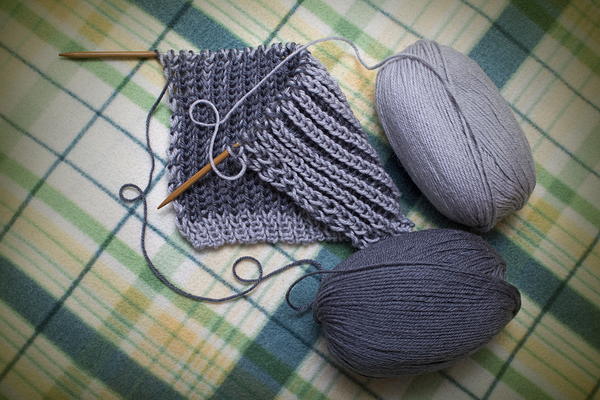
Up Next:
Free Knitting Patterns by Yarn Weight
What techniques would you add to these lists?
Read NextYarn Weight Categories 101





